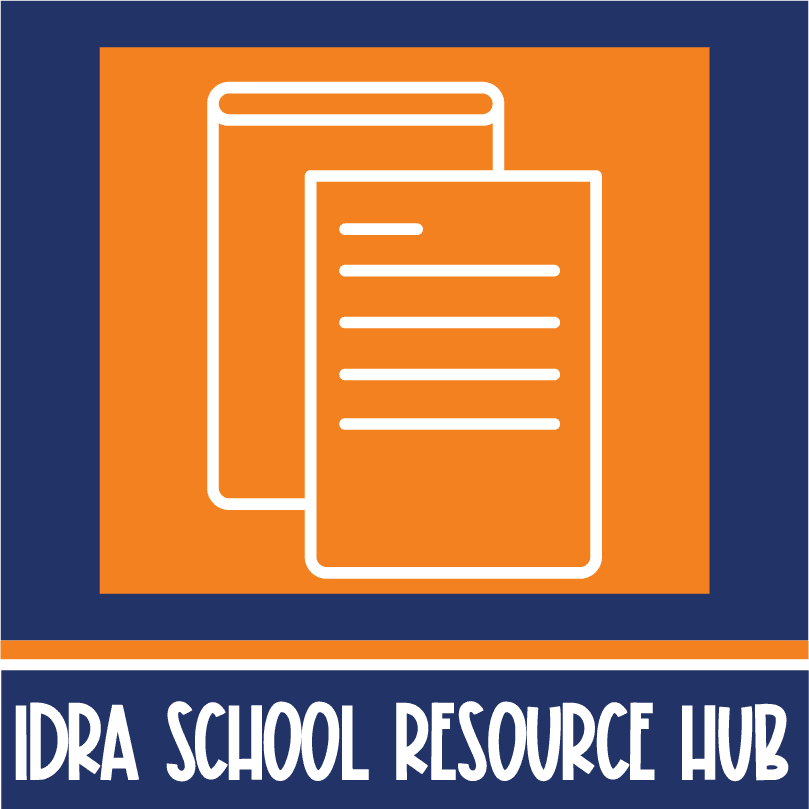
Probes into racism in schools stall under Trump
IDRA has been supporting families and the Lubbock NAACP in Lubbock, Texas, since at least 2023 regarding persistent harassment and bullying against Black students in


IDRA has been supporting families and the Lubbock NAACP in Lubbock, Texas, since at least 2023 regarding persistent harassment and bullying against Black students in